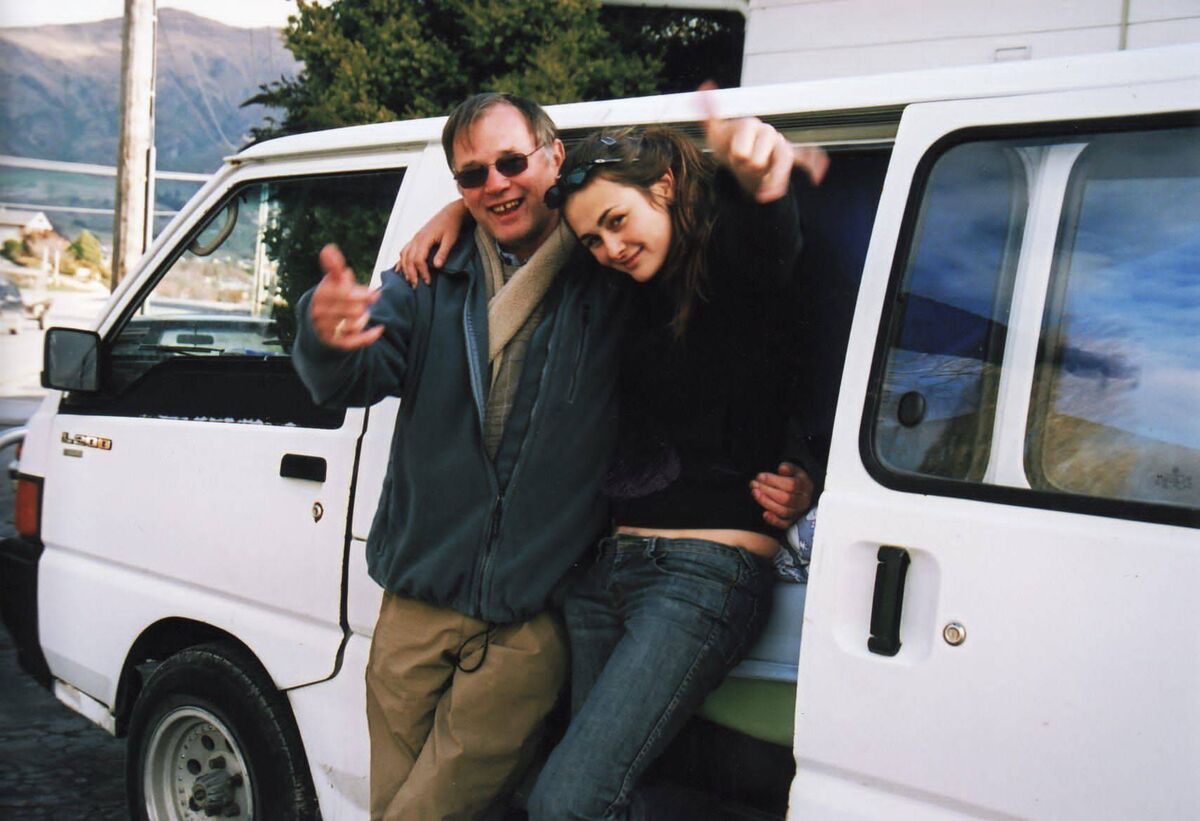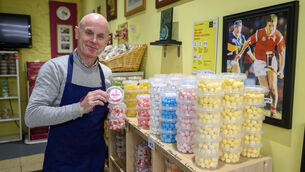Full body donation: What it means to donate your body to science and how it works

The use of human bodies as the basis of the study of human anatomy has been the cornerstone of medical training and research for more than 400 years.
Organ donation and transplantation save lives. It’s nearly six months since the Human Tissue Act came in to effect on June 17, stating that if you are aged 18 or over, and you don’t specify otherwise, you will be considered a potential organ donor. But what happens if, in a final act of altruism, a person wishes to go one step further and gift their body to science following death?


- Trinity College Dublin
- University College Dublin
- Royal College of Surgeons Dublin
- University College Galway
- University College Cork.
- Residents in Northern Ireland can donate to Queen’s University, Belfast.








